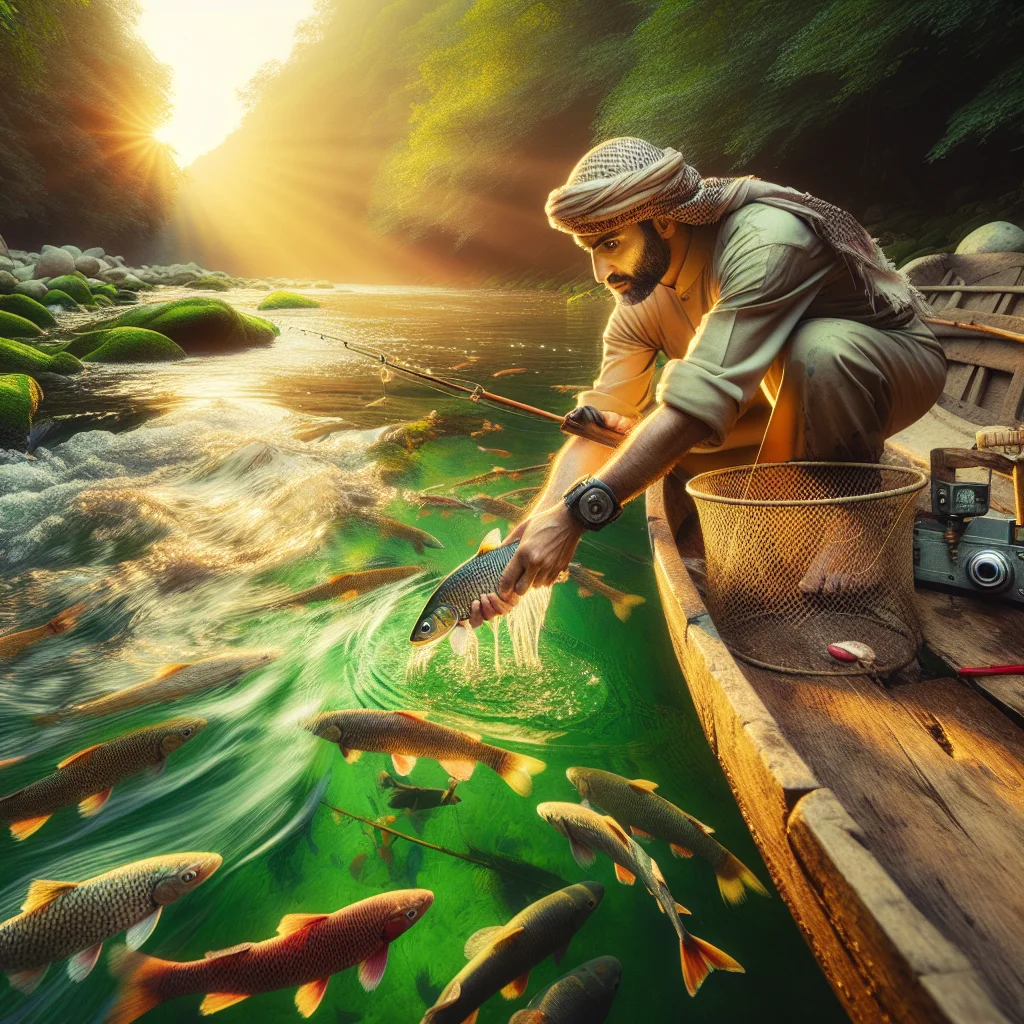Mastering Sustainable Fishing: Techniques for the Responsible Angler
April 24, 2025

Fishing is more than just a pastime; it's a way to connect with nature while enjoying the thrill of the catch. However, as stewards of the waters, anglers have a responsibility to ensure their fishing practices contribute to the sustainability of aquatic environments. This article delves into innovative sustainable fishing techniques that not only enhance your fishing experience but also protect our cherished waterways.
Understanding Sustainable Fishing
Sustainable fishing practices focus on maintaining fish populations and the health of marine ecosystems. These practices aim to minimize impact on the environment—ensuring that future generations of anglers can experience the sport that we love today. Rather than harvesting fish indiscriminately, sustainable fishing promotes responsible techniques that consider the ecological balance.
The Importance of Catch and Release
One of the most widely discussed sustainable fishing methods is catch and release. This technique involves carefully returning caught fish back into the water, minimizing harm and allowing populations to thrive. Successful catch and release not only protects fish species but also contributes to maintaining the overall balance of aquatic ecosystems.
To practice effective catch and release:
- Use barbless hooks: These hooks allow for easier removal and reduce injury to the fish.
- Avoid handling the fish with dry hands: Wet your hands before touching the fish to protect their slime coating, which is vital for their health.
- Limit the time out of water: Keep the fish in the water as much as possible. If you need a photo, do so quickly to minimize stress.
Choosing the Right Gear
Selecting appropriate gear is crucial for sustainable fishing. Consider investing in tackle that promotes gentler catches:
- Eco-friendly fishing lines: Options like braided lines or biodegradable monofilaments minimize environmental impact compared to conventional options.
- Fish-friendly nets: Rubber nets are gentler on fish, reducing stress and injury, allowing for a quicker recovery when released.
Seasonal and Local Regulations
Familiarizing yourself with seasonal regulations is vital for sustainable fishing. Many regions implement fishing seasons, size limits, and bag limits to manage populations effectively. Adhering to these regulations ensures you contribute positively to local ecosystems. Engaging with local fishing communities can provide insights into the best practices specific to the area you fish in. Observing local rules not only fosters sustainability but also enhances your fishing success.
Sustainable Techniques for Different Environments
Freshwater Fishing
In freshwater settings, sustainable fishing practices vary greatly. For instance:
- Lake Fishing: Focus on structured habitats like submerged logs or weed beds where fish congregate. This approach helps preserve delicate lake ecosystems while improving catch rates.
- River Fishing: Emphasis on fishing during peak times reduces stress on fish populations. Conditions like low flow can harm fish; therefore, respecting water levels and staying informed helps maintain aquatic health.
Saltwater Fishing
Saltwater environments present unique challenges:
- Avoid overfished species: Research local fish populations before your trip. Familiarize yourself with species that are currently overexploited, and opt for alternatives that are sustainable.
- Bycatch reduction methods: Employ techniques like circle hooks and weighted lines, which minimize the accidental catch of non-target species.
Eco-Conscious Travel and Fishing
When planning fishing trips, consider the ecological impact of your travel choices:
- Choose local guides who prioritize sustainable practices. They are knowledgeable about the waters and can ensure you’re aware of local regulations and conservation efforts.
- Plan eco-friendly transportation: Opt for carpooling or public transportation where possible. This reduces the carbon footprint associated with travel, supporting broader environmental efforts.
Engaging with Conservation Efforts
Many anglers contribute to conservation through various initiatives. Joining organizations that focus on preserving marine habitats can enhance your experience as a fisherman while supporting the ecosystem. Volunteering for local clean-up efforts or participating in conservation programs can deepen your appreciation for the environments you fish in and promote a sense of community among fellow anglers.
The Future of Sustainable Fishing
As the world becomes increasingly mindful of its ecological footprint, sustainable fishing practices will continue to evolve. With advancements in technology, such as sustainable fish farming and enhanced monitoring of fish populations, there are exciting developments on the horizon for responsible anglers. Innovations in gear and practices, combined with education and advocacy, will shape the future of fishing, ensuring that our waters remain vibrant and bountiful for generations to come.
Conclusion
Sustainable fishing is not merely a trend; it's an essential aspect of responsible angling that bridges the gap between enjoyment and ecological preservation. By employing techniques like catch and release, adhering to local regulations, and using proper gear, anglers play a critical role in protecting aquatic environments. The commitment to sustainable practices fosters a healthier ecosystem, allowing fishing to remain a cherished and viable activity for the future.
Back